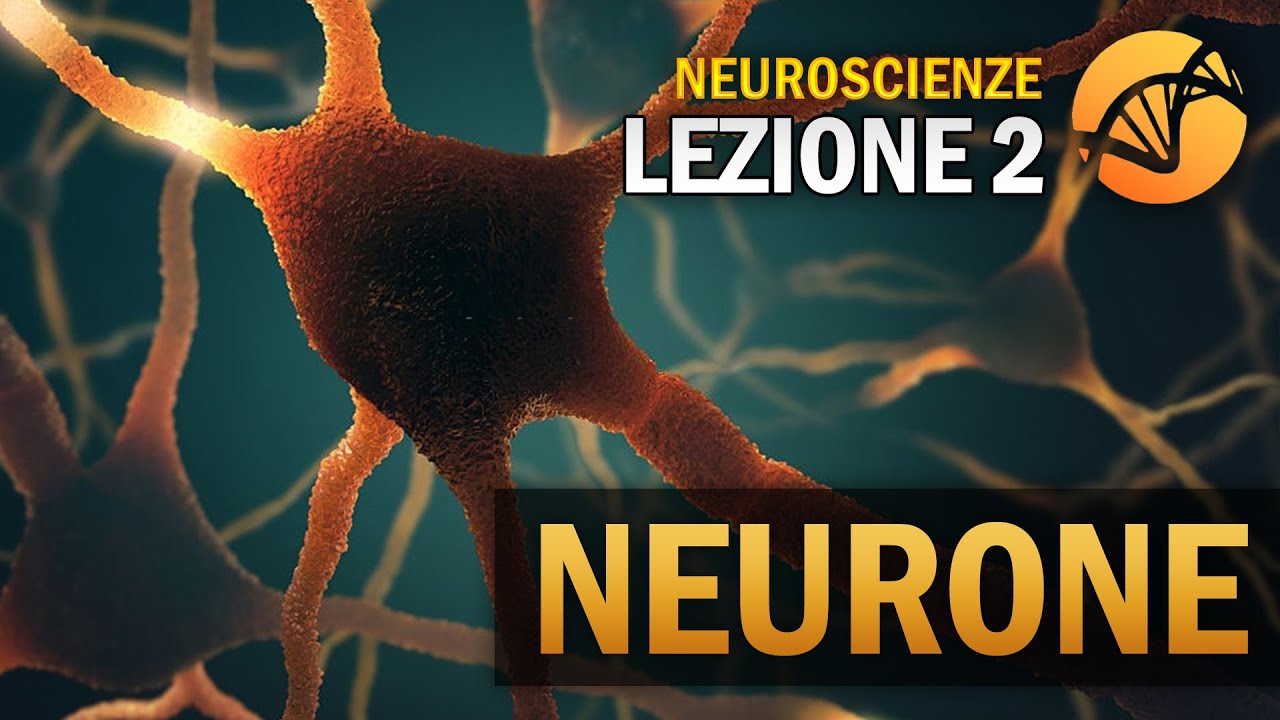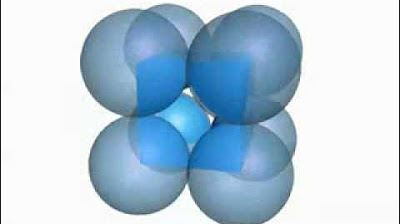Origin of Bioelectric Signals | Basic Concepts
Summary
TLDRThis educational video delves into the origins of bioelectric signals in the human body, which are linked to the cell, the smallest functional unit. It explains how the distribution of ions like sodium, potassium, and chloride across cell membranes creates electric potentials, leading to resting and action potentials. The video outlines the polarization and depolarization processes, and how these bioelectric signals are crucial for heart, brain, and muscle function, with techniques like ECG, EEG, and EMG used for analysis and monitoring.
Takeaways
- 🧠 The video discusses the origin of bioelectric signals in the human body, focusing on their generation at the cellular level.
- 🧬 Bioelectric signals originate due to the unequal distribution of ions across the cell membrane, leading to the development of an electric potential.
- 💧 The human body is composed of about 70% fluid, which contains several principal ions like sodium (Na+), potassium (K+), and chloride (Cl-).
- ⚡ The unequal distribution of these ions creates an electric potential across the cell membrane, known as bioelectric potential.
- 🧱 In the resting state, cells have a negative charge on the inner surface of the membrane and a positive charge on the outer surface, leading to a resting potential of about -90 millivolts.
- 🏃 When a cell is excited, the charge distribution reverses: the inner surface becomes positive, and the outer surface becomes negative, creating an action potential of about +20 millivolts.
- 🔄 The process of a cell returning to its resting state after being excited is called repolarization, and the time it takes is known as the refractory period (approximately 3-4 milliseconds).
- 💓 The video explains the main bioelectric signals: ECG (Electrocardiography) for the heart, EEG (Electroencephalography) for the brain, and EMG (Electromyography) for skeletal muscles.
- 📊 The frequency and amplitude ranges for these bioelectric signals are outlined, with ECG ranging from 0.05 to 120 Hz and EEG from 0.1 to 100 Hz, among others.
- 🎓 The video concludes by summarizing the importance of understanding bioelectric signals for biomedical analysis and patient monitoring.
Q & A
What is the main topic discussed in the video?
-The video discusses the basic concepts related to the origination of bioelectric signals in the human body.
What is the smallest functional and structural unit of the human body mentioned in the video?
-The cell is described as the smallest functional and structural unit of the human body.
What role do ions play in the development of bioelectric signals?
-Ions such as sodium, potassium, and chloride are crucial for the development of bioelectric signals. The unequal distribution of these ions across the cell membrane leads to the formation of an electric potential.
What is the difference between resting potential and action potential?
-Resting potential occurs when a cell is in a non-excited state, with negative charge on the inner surface and positive charge on the outer surface, typically around -90 millivolts. Action potential occurs during cell excitation, where the charges reverse, with positive charge inside and negative outside, reaching around +20 millivolts.
What is depolarization and how does it relate to the action potential?
-Depolarization is the process where the cell transitions from a resting state to an excited state, leading to the generation of an action potential. During this process, the cell membrane's charge distribution reverses.
What happens during repolarization?
-Repolarization is the process by which a cell returns from an excited state back to its resting state, re-establishing the original charge distribution with negative charge inside and positive charge outside.
What is the refractory period and how long does it last?
-The refractory period is the time it takes for a cell to return to its resting state after excitation. It typically lasts about 3 to 4 milliseconds.
What are the three main bioelectric signals mentioned in the video, and what do they measure?
-The three main bioelectric signals are the electrocardiogram (ECG) which measures heart activity, the electroencephalogram (EEG) which measures brain activity, and the electromyogram (EMG) which measures skeletal muscle activity.
What are the typical frequency and amplitude ranges for ECG, EEG, and EMG signals?
-ECG signals have a frequency range of 0.05 to 120 Hz and an amplitude range of 0.1 to 5 microvolts. EEG signals have a frequency range of 0.1 to 100 Hz and an amplitude range of 2 to 200 microvolts. EMG signals have a frequency range of 5 Hz to 2 kHz and an amplitude range of 0.1 to 5 microvolts.
Why is it important to understand bioelectric signals in the context of biomedical analysis?
-Understanding bioelectric signals is crucial for biomedical analysis because these signals are used in patient monitoring systems to identify medical anomalies related to the heart, brain, and muscular systems.
Outlines

此内容仅限付费用户访问。 请升级后访问。
立即升级Mindmap

此内容仅限付费用户访问。 请升级后访问。
立即升级Keywords

此内容仅限付费用户访问。 请升级后访问。
立即升级Highlights

此内容仅限付费用户访问。 请升级后访问。
立即升级Transcripts

此内容仅限付费用户访问。 请升级后访问。
立即升级浏览更多相关视频

Zellorganellen und ihre Funktion [Zellbestandteile tierischer Zellen] - Aufbau Zelle [Biologie]

Lecture 3 Part 1 - Crystal Structure - 2 (Unit Cell, Lattice, Crystal)

A célula: definição, estrutura, funções e partes - Procariontes, eucariontes, animais, vegetais

SEL : STRUKTUR DASAR DAN FUNGSI ORGANEL - BIOLOGI 11 SMA

Il Neurone | NEUROSCIENZE - Lezione 2

The primitive, body-centred and face-centred cubic unit cells
5.0 / 5 (0 votes)
